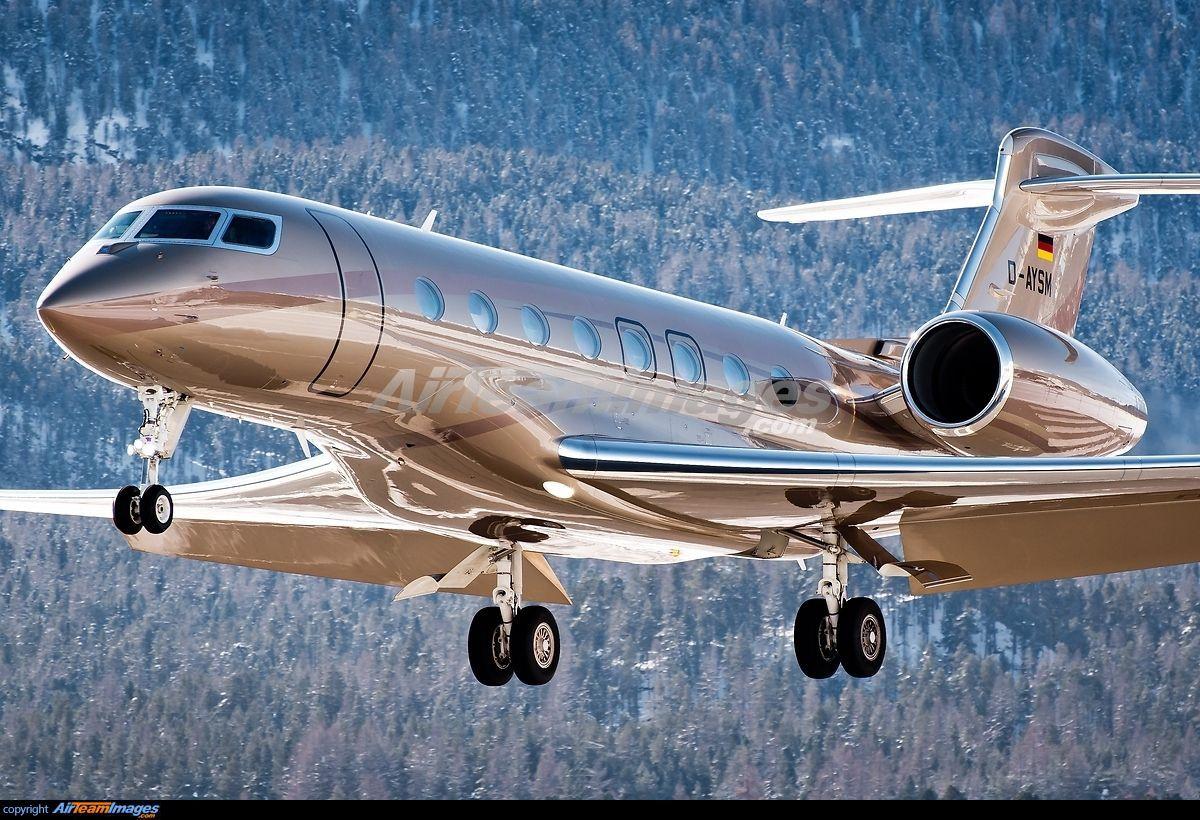
Private Jet PrivateJetia 046
Flying in the winter brings unique challenges for aviation. Ice, snow, and freezing temperatures can disrupt operations, making it essential for private jets to adopt specialized measures to ensure safety and efficiency. Private jets, known for their advanced technology and adaptability, are particularly well-equipped to handle extreme winter conditions. This article explores how private jets manage these challenges, from advanced de-icing techniques to weather prediction systems, to maintain safe and reliable travel.
The Impact of Winter Conditions on Aviation
Winter weather presents significant obstacles for aviation, including:
- Icing on Aircraft Surfaces: Ice accumulation on wings and engines can affect aerodynamics and reduce efficiency.
- Reduced Visibility: Heavy snow and fog can complicate takeoffs, landings, and in-flight navigation.
- Runway Conditions: Snow and ice on runways increase braking distances and create hazards during landings and takeoffs.
- Extreme Cold Temperatures: Low temperatures can affect fuel performance and freeze critical systems.
Private jet operators address these challenges through meticulous preparation, advanced technology, and customized maintenance practices.
Pre-Flight Preparations: Setting the Stage for Safety
Proper preparation is key to safe winter operations. Private jet crews undertake several pre-flight measures to ensure aircraft readiness:
- De-Icing and Anti-Icing Procedures De-icing removes accumulated ice from aircraft surfaces, while anti-icing prevents new ice from forming. Private jets often use heated hangars or portable de-icing trucks to ensure the aircraft is ice-free before departure.
- Thorough Inspections Maintenance teams conduct comprehensive checks on engines, fuel systems, and hydraulic systems to ensure they are functioning optimally despite freezing temperatures.
- Pre-Heating Aircraft Systems Critical systems, including avionics and hydraulics, are pre-heated to prevent freezing during start-up and operation.
- Customized Flight Planning Pilots use advanced weather forecasting tools to design flight paths that avoid severe weather, turbulence, and icing zones.
Advanced Technologies That Enhance Winter Operations
Private jets are equipped with cutting-edge technologies that help them navigate winter conditions:
- Wing and Engine Anti-Icing Systems These systems use heated air or electrical elements to keep critical surfaces ice-free during flight, ensuring optimal performance and safety.
- Enhanced Vision Systems (EVS) EVS provides pilots with clearer views of the runway and surroundings in low-visibility conditions caused by snow or fog.
- State-of-the-Art Weather Radar Onboard radar systems allow pilots to detect and avoid severe weather patterns, such as snowstorms or freezing rain.
- All-Weather Tires and Landing Gear Private jets feature specialized tires and landing gear designed to handle icy and snowy runways effectively.
In-Flight Management: Tackling Challenges in Real-Time
Once airborne, private jet crews rely on their training and the aircraft’s capabilities to handle winter conditions:
- Dynamic Weather Monitoring Pilots receive real-time updates on weather conditions and adjust flight paths accordingly to maintain safety.
- Continuous Anti-Icing Operations Aircraft systems actively prevent ice buildup during the flight, particularly in high-altitude, moisture-rich environments.
- Communication with Ground Teams Pilots maintain constant communication with ground control and airports to receive updates on runway conditions and weather changes.
Case Studies: Private Jets in Action During Winter
- Emergency Medical Flights in Alaska Private jets have played a critical role in delivering medical supplies and evacuating patients in harsh Alaskan winters, where commercial flights are often grounded.
- Business Travel in Scandinavian Winters Scandinavian regions experience some of the harshest winter conditions. Private jets equipped with advanced de-icing systems ensure uninterrupted travel for business executives and government officials.
- Humanitarian Missions in Remote Arctic Regions During extreme cold snaps, private jets are used to deliver essential supplies to isolated communities, showcasing their reliability and adaptability.
Innovations in Winter Aviation Safety
The private aviation industry continues to innovate to improve safety and efficiency during winter:
- Next-Generation De-Icing Fluids These environmentally friendly solutions provide longer-lasting protection against ice buildup.
- Electric and Hybrid Aircraft Electric propulsion systems are less affected by cold temperatures, making them a promising development for winter aviation.
- AI-Powered Flight Planning Tools Artificial intelligence helps pilots design optimized routes that minimize exposure to severe weather and turbulence.
- Self-Heating Materials Researchers are developing materials that generate heat to prevent ice accumulation on aircraft surfaces.
Challenges and Solutions in Winter Aviation
Despite advancements, winter aviation poses ongoing challenges:
- Environmental Impact of De-Icing Solution: Use biodegradable and less toxic de-icing agents to reduce environmental harm.
- Increased Fuel Consumption Solution: Optimize flight paths and adopt fuel-efficient technologies to mitigate costs and emissions.
- Limited Access to Winterized Airports Solution: Expand infrastructure and equip more airports with de-icing facilities and snow-clearing equipment.
The Importance of Crew Training
Highly trained crews are essential for safe winter operations. Private jet operators invest in rigorous training programs that cover:
- Winter Weather Dynamics Understanding how ice, snow, and cold temperatures affect aircraft performance.
- Emergency Procedures Practicing scenarios such as engine icing or runway overruns to ensure swift and effective responses.
- Use of Advanced Systems Familiarization with anti-icing, navigation, and vision-enhancing technologies.
The Future of Winter Aviation
The future of private aviation in extreme winter conditions looks promising, with several trends shaping the industry:
- Increased Use of Automation Automation will further enhance safety by assisting pilots in managing complex winter conditions.
- Sustainability Initiatives The adoption of greener technologies will make winter operations more eco-friendly.
- Collaborative Weather Forecasting Systems Improved forecasting tools will allow private jet operators to predict and prepare for winter weather with greater accuracy.
Conclusion
Private jets are uniquely equipped to handle extreme winter conditions, combining advanced technology, meticulous preparation, and skilled crews to ensure safe and efficient travel. As innovation continues to drive the industry forward, private aviation will remain a reliable option for navigating the challenges of winter weather.



